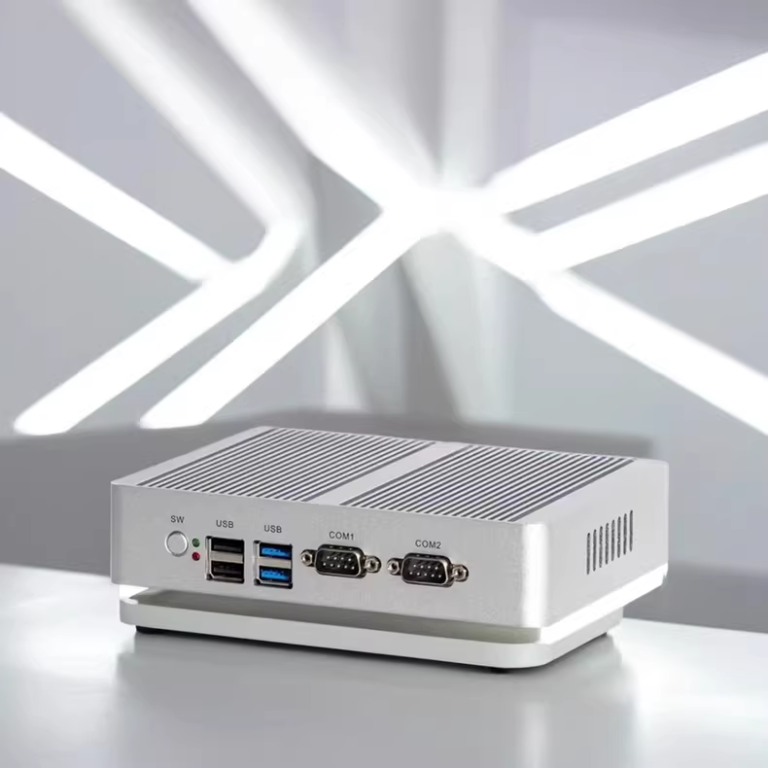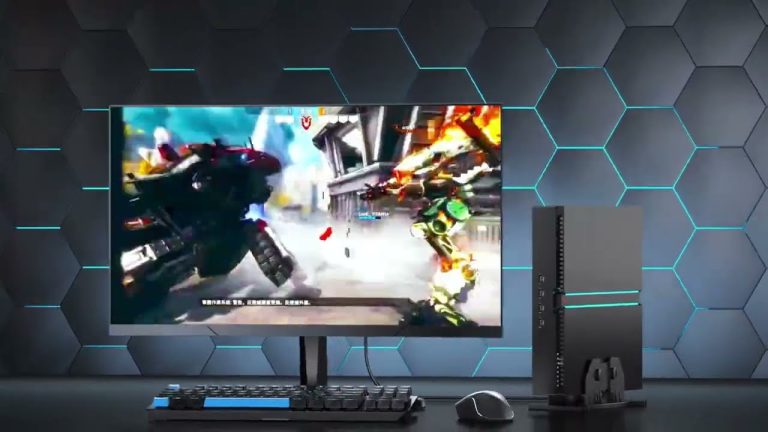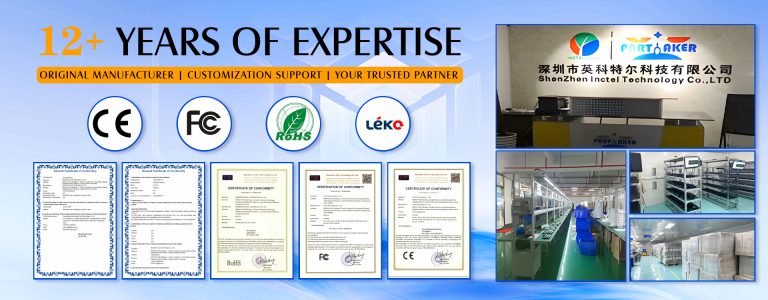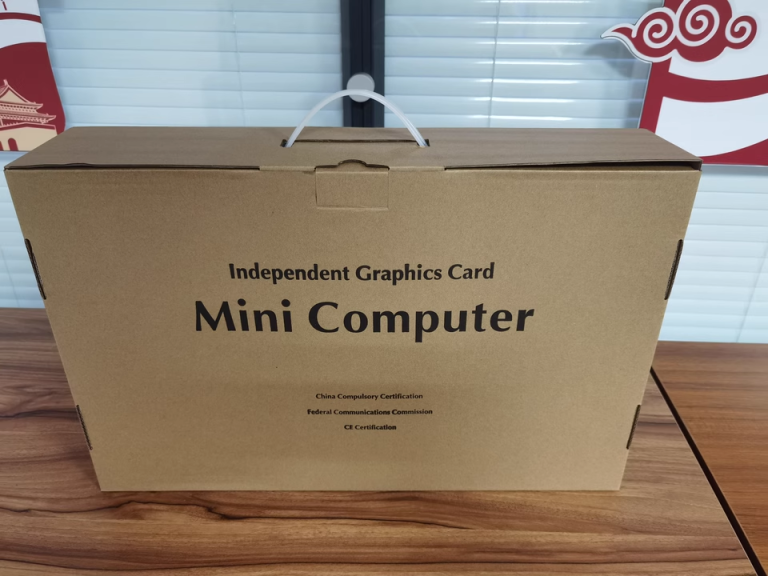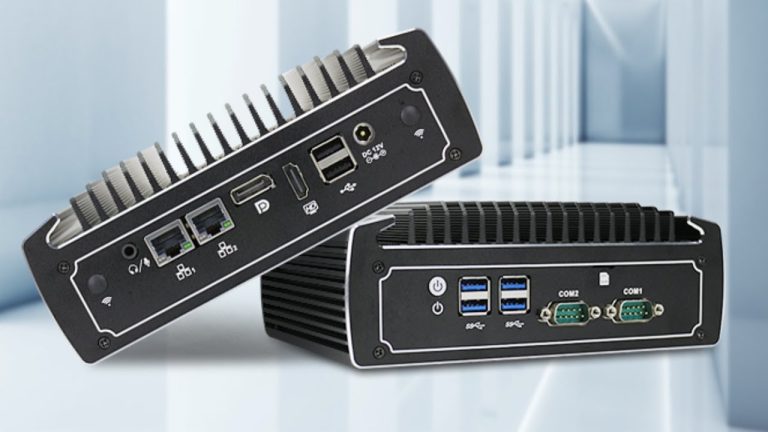When building a mini PC, you can control costs by selecting components based on your specific needs and budget. The total cost for a basic mini PC setup can start at around $300 and can go up to $1000 or more for high-end configurations. In the following sections, we’ll break down the main factors that affect the cost of building a mini pc.
1. Processor (CPU)
The choice of CPU significantly impacts the overall performance and cost of a mini PC. For basic tasks like web browsing and office applications, an entry-level CPU priced around $100 may suffice. However, for more demanding tasks such as gaming, video editing, or software development, a high-performance CPU costing upwards of $500 is recommended. High-performance CPUs are faster, have more cores, and handle multitasking more efficiently, but they also consume more power and generate more heat,which might require additional considerations for cooling solutions in a mini PC setup.
2. Motherboard
The Mini ITX motherboard is a compact motherboard format specifically designed for small form factor PCs, such as mini PCs. Priced between $100 and $200, these motherboards offer essential connectivity and expansion capabilities while occupying minimal space. When selecting a Mini ITX motherboard, consider the number of USB ports, the presence of built-in Wi-Fi, the quality of the onboard audio, and compatibility with other components, especially the CPU and RAM. Higher-priced Mini ITX motherboards may offer better build quality, more features, and enhanced durability, which can be crucial for long-term performance and stability in constrained spaces.
3. Memory (RAM)
RAM is critical for ensuring smooth operation and multitasking capabilities. An 8GB RAM module, typically sufficient for general computing tasks, is priced around $35. For more intensive applications like gaming, video production, or 3D rendering, 32GB of RAM or more may be necessary, with costs approaching $150 or higher. It’s important to ensure that the chosen RAM is compatible with the motherboard in terms of type (e.g., DDR4), speed, and the maximum capacity that the motherboard can support. Investing in sufficient RAM initially can save on future upgrades as software requirements evolve.
4. Storage
Solid State Drives (SSDs) are increasingly favored over traditional Hard Disk Drives (HDDs) due to their faster data access speeds, reliability, and reduced noise and heat production. For instance, a 500GB SSD, suitable for most users who require quick boot times and efficient program loading, can be found between $50 and $75. For more extensive storage needs, a 2TB SSD, which offers ample space for large media files and games, typically costs around $200. Conversely, if budget constraints are a concern, a 2TB HDD is a cost-effective option at approximately $50, providing significant storage capacity but with slower performance compared to SSDs.
5. Power Supply (PSU)
The power supply unit is crucial for providing stable and reliable power to all PC components. PSUs are priced between $60 and $150, reflecting differences in wattage and efficiency ratings, such as 80 Plus Bronze, Silver, Gold, or Platinum. Higher wattage and efficiency PSUs cost more but offer better power efficiency and are capable of supporting more robust hardware configurations. It’s important to select a PSU that matches the power requirements of your specific build to ensure energy efficiency and system stability.
6. PC Case
The cost of mini PC cases varies from $50 to $200, depending on their design and features like airflow efficiency, cable management, and aesthetic considerations. Cheaper cases may provide basic functionality, while more expensive options include better ventilation, more space for component installation, and higher-quality materials, which can be essential for maintaining system cooling and overall durability.
7. Cooling System
Efficient cooling is essential to maintain optimal performance and longevity of PC components. Basic air coolers, sufficient for most users, range from $45 to $100 and generally offer adequate cooling for standard operations. However, for more intense computing tasks or overclocked systems, advanced liquid cooling systems, starting from $80 up to $200, may be necessary. These systems provide superior cooling by efficiently dissipating heat over a larger surface area and are particularly beneficial in compact mini PC builds where air flow is more restricted.
8. Cabling
Cabling ensures all components are connected correctly and securely. This includes power cables, SATA cables for drives, and possibly extension cables or adapters to fit everything neatly within a small case. The cost of these cables can vary, generally ranging from $5 to $20, depending on the type and quality needed for your specific build. Adding high-quality or specialized cables can slightly increase your overall budget, but they are crucial for a stable and reliable system setup.
Summary
Building a mini PC lets you create a system tailored to your specific needs and budget, offering the potential for better performance and cost-effectiveness compared to pre-built options. This approach is particularly good for those who require specialized configurations not typically available off the shelf.






